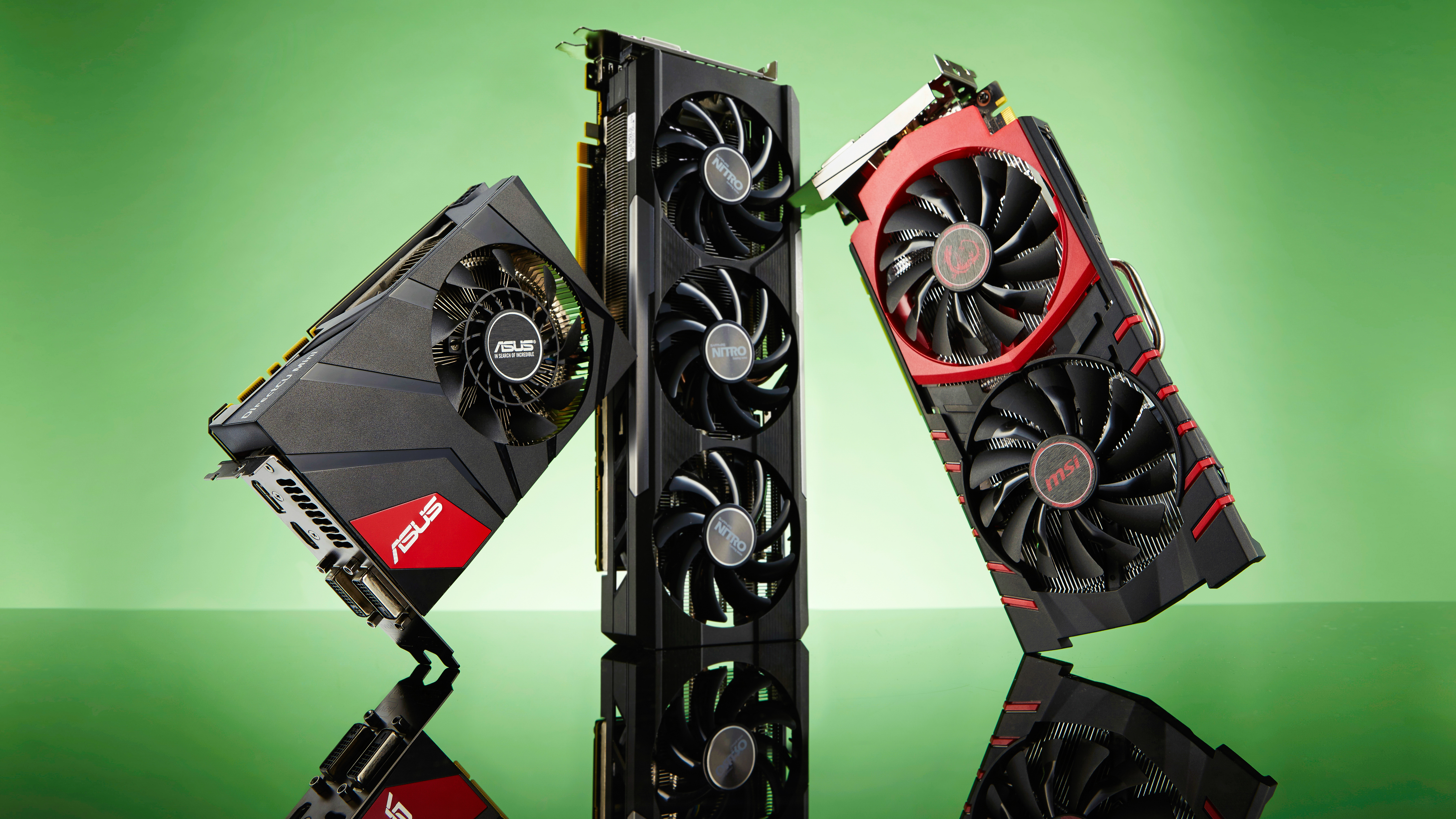
- #Video card upgrades for mac 5,1 install
- #Video card upgrades for mac 5,1 update
- #Video card upgrades for mac 5,1 pro
#Video card upgrades for mac 5,1 pro
The new graphics card modules include the Radeon Pro W6800X MPX Module, the Radeon Pro W6800X Duo MPX Module, and the Radeon Pro W6900X MPX Module.Īs first reported by Jake Krol of CNN on Twitter, Apple says that these new graphics modules can offer up to 23% faster performance in DaVinci Resolve and 84% faster in Octane X.

I hope you enjoy this utility, and enjoy the benefits of extending the value of your Mac Pro.Apple has rolled out three new graphics card modules for the Intel-powered Mac Pro today. Everything is left on the RAM disk for you to look and and study, if needed. The program creates a small RAM disk, downloads the needed files, copies all of the scripts to the RAM disk, and then runs the scripts. The download does not contain any firmware updater files or image files. If you have a 2010 Mac Pro with a 6-core Xeon, the program will warn you, but still allow the firmware update.
#Video card upgrades for mac 5,1 install
The program checks the Mac Pro model and will install the 2009 Mac Pro firmware or the 2010 Mac Pro firmware, whichever is appropriate. I started off with just a few scripts and files in a folder to do this, but as a service to the community, I have written an installer program that does everything automatically.
#Video card upgrades for mac 5,1 update
If you have a CPU in a 2010 Mac Pro that isn't supported in the 2009 Mac Pro, such as the Westmere 6-core Xeon, the system will not boot after the update until a compatible CPU is installed. I have tested this myself, on both 20 Mac Pro models. If one of the firmware version strings is modified to what the 2009 Mac Pro model is, and the CRC32 checksum is changed to match the 2010 Mac Pro firmware image, and the firmware image filename is changed to the 2009 Mac Pro firmware image filename, then all is well. Inside the EfiUpdaterApp2.efi program are a list of firmware version strings from different releases of the 2010 Mac Pro, along with the CRC32 checksum of the firmware image file. So how do we get the program to load the other firmware? It turns out that it is surprisingly easy. This boot file is then blessed in a special way, and the next time the Mac is booted from shutdown, with the power button held down for a few seconds, this special EFI program is run. The firmware updater package, after checking that the Mac can use the update, places an EFI boot file named EFIUpdaterApp2.efi, which is very similar in structure to the standard boot file that starts a Mac on the system volume, in the /System/Library/Core Services/Firmware Updates folder, along with the actual firmware image. To explain how this was accomplished, let me first describe how the firmware update process works on a Mac. As long as the SMC firmware version matches between the main board and the CPU board, everything works perfectly. The CPU socket issue is transparent to the firmware, and the SMC firmware difference between 20 models is not an issue. The only thing that differs is the CPU socket mechanism on the dual CPU model, which uses Xeon CPUs with the IHS (Integrated Heat Spreader) removed, and the SMC firmware version.

The hardware of these models is very close. I decided to see if it was possible to come up with a way to update the firmware on the 2009 Mac Pro with the firmware from the 2010 Mac Pro. Such is the case with the 2007 Mac Pro (MacPro2,1) and the 2010 Mac Pro (MacPro5,1). As you may know, some Mac Pro models have been introduced that are identical or very nearly identical to the model that preceded them.


 0 kommentar(er)
0 kommentar(er)
